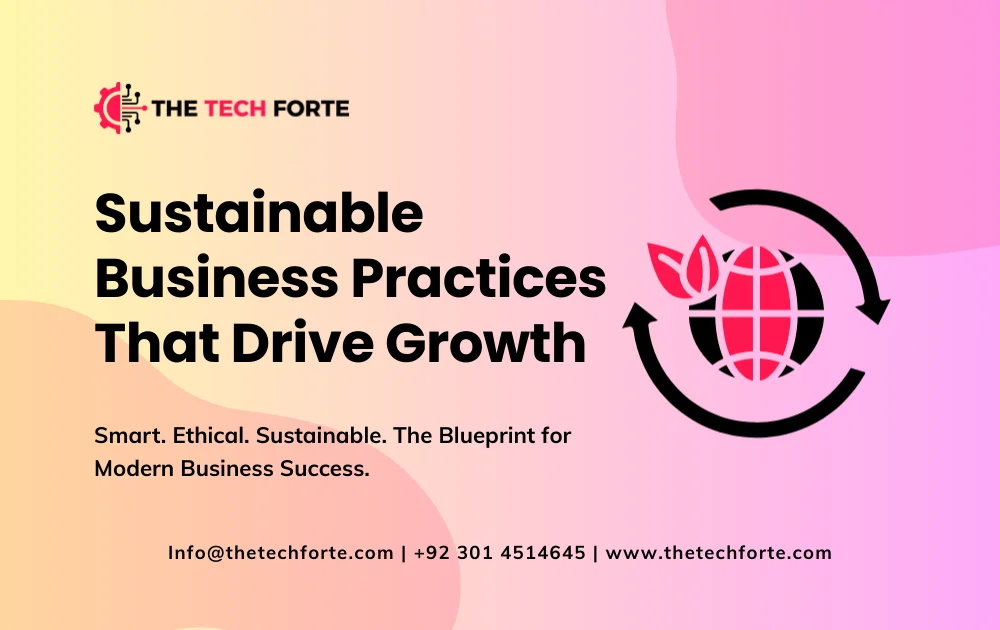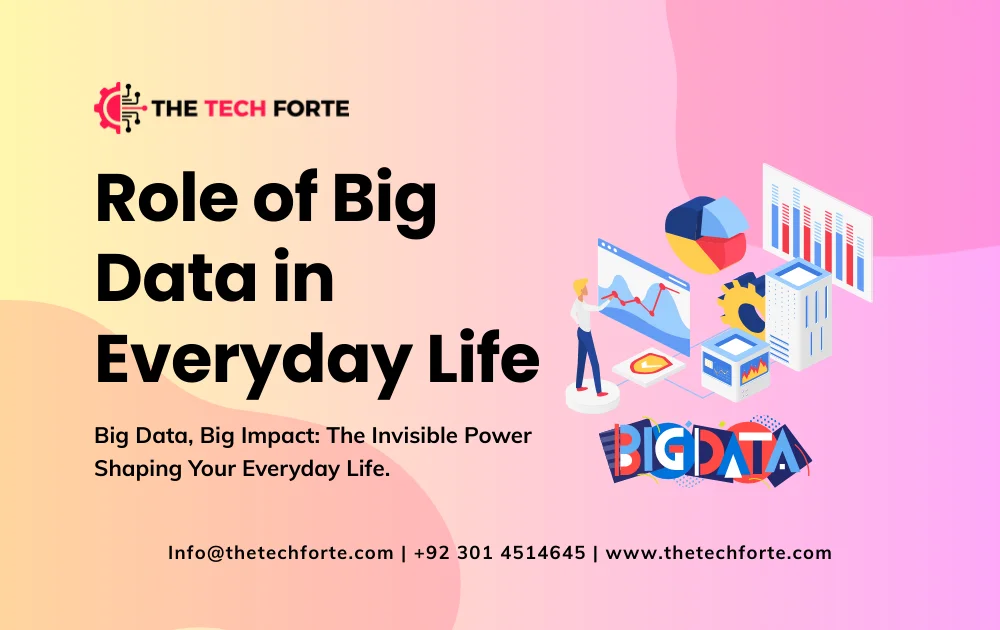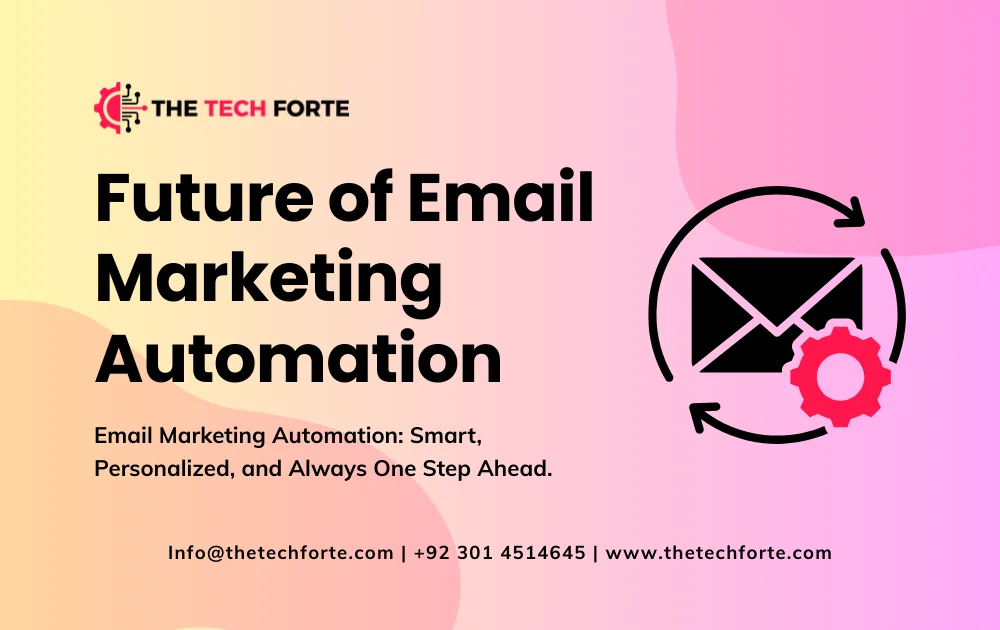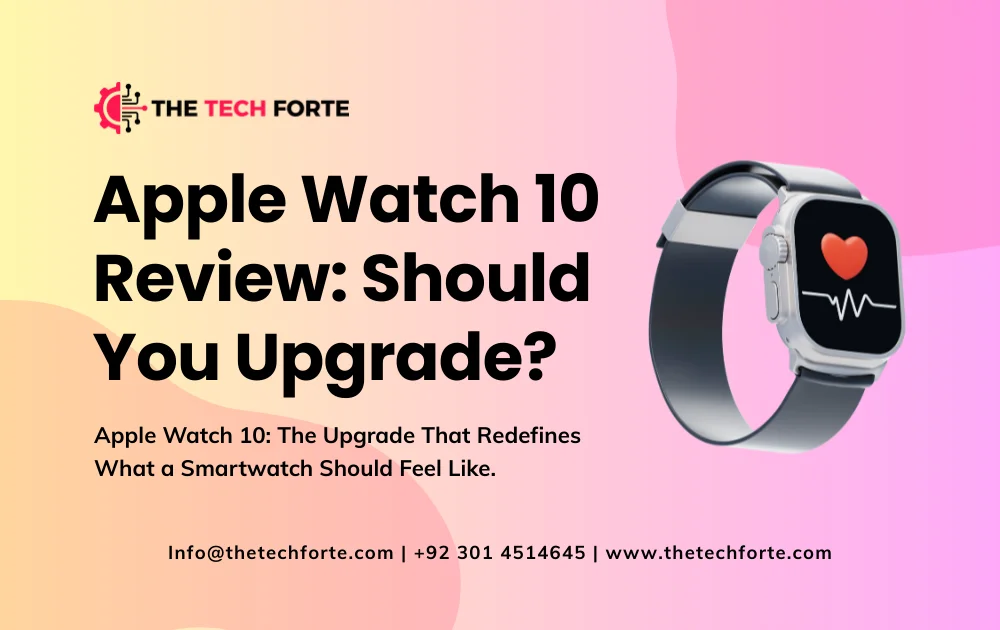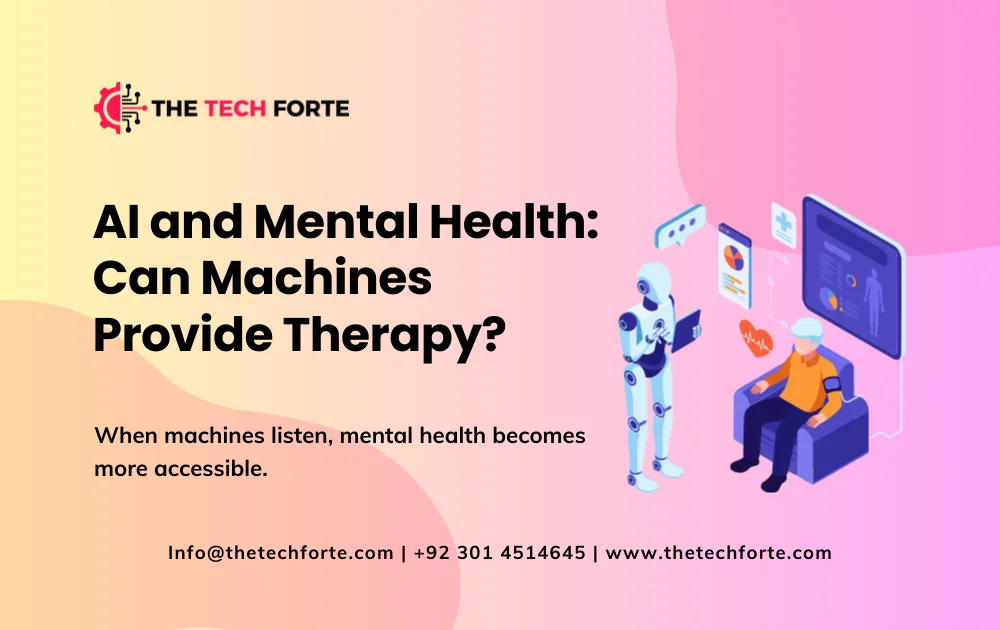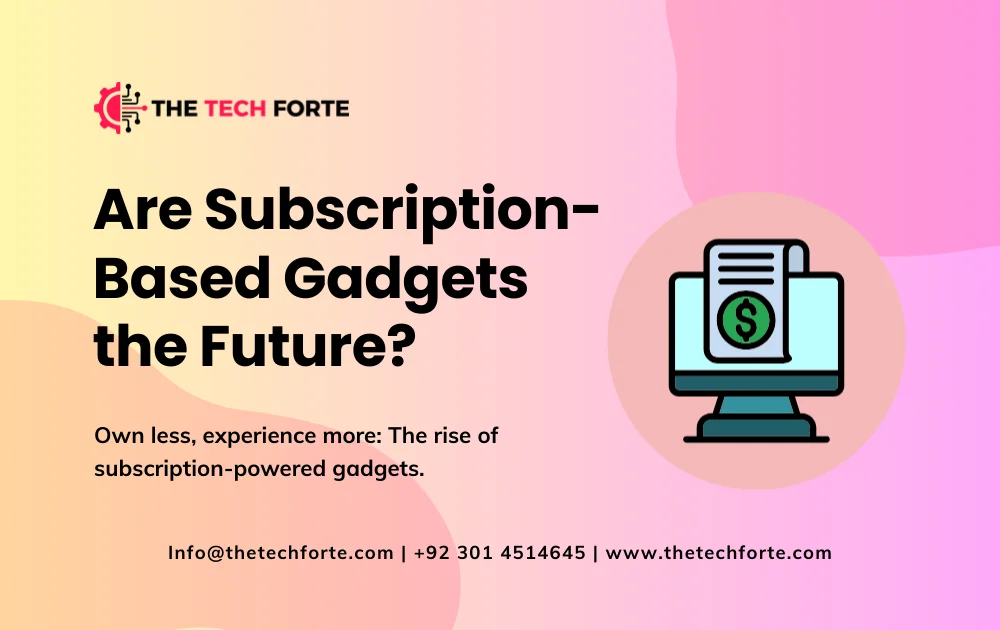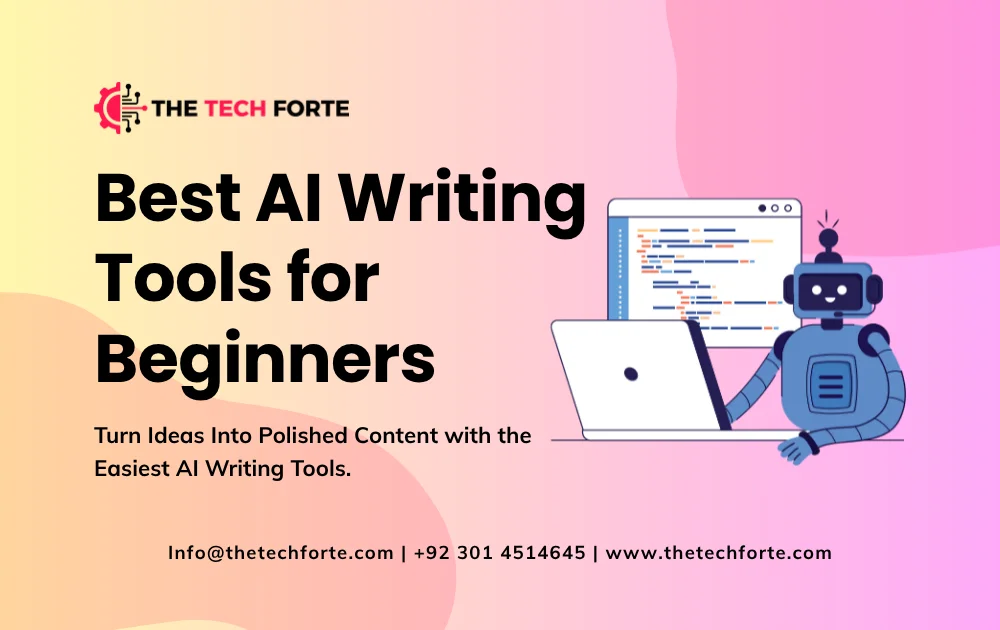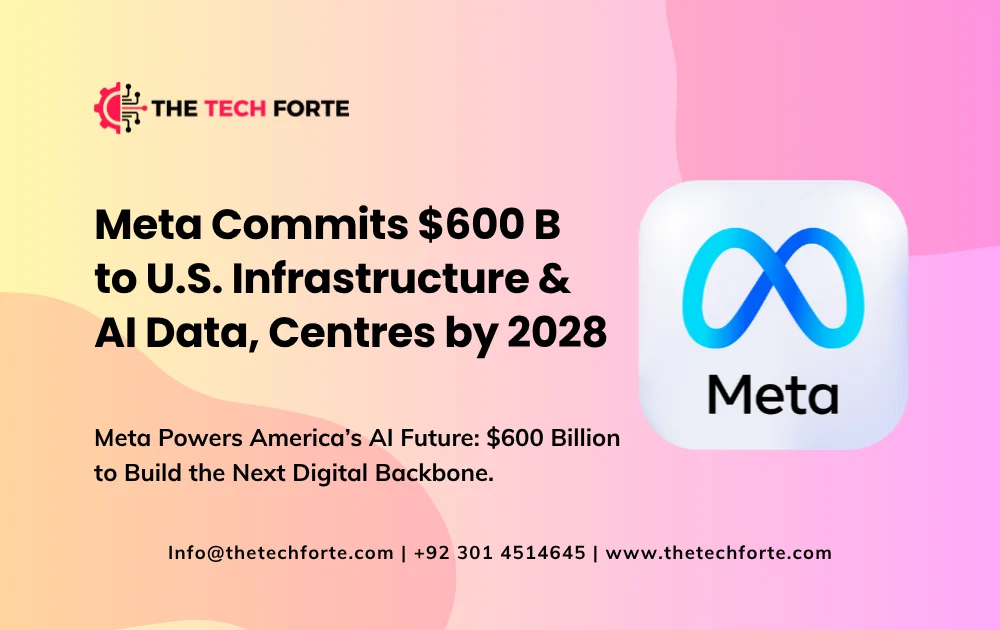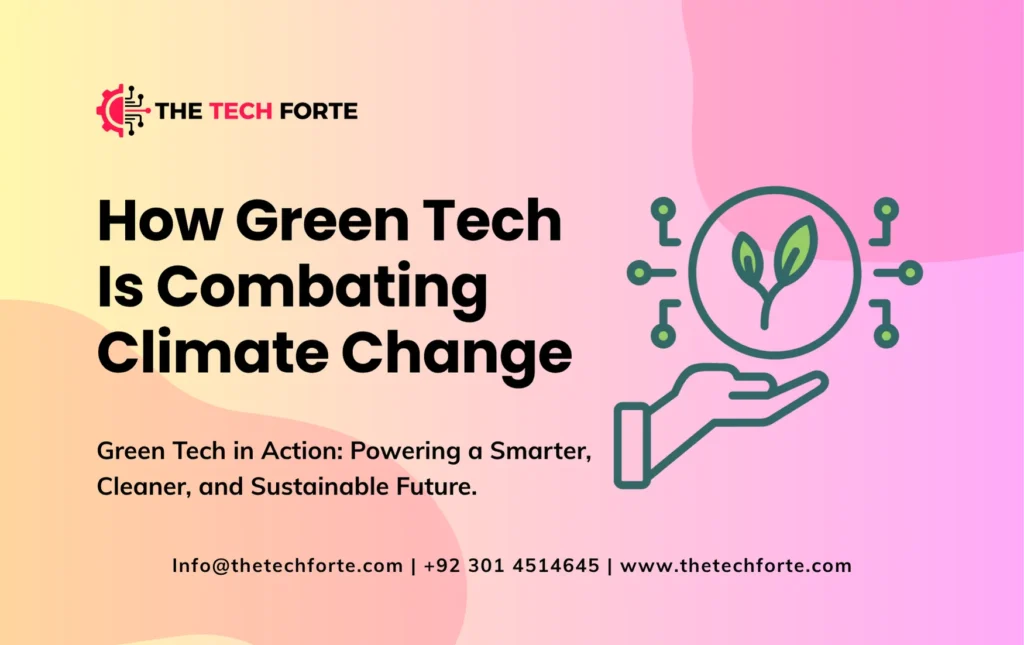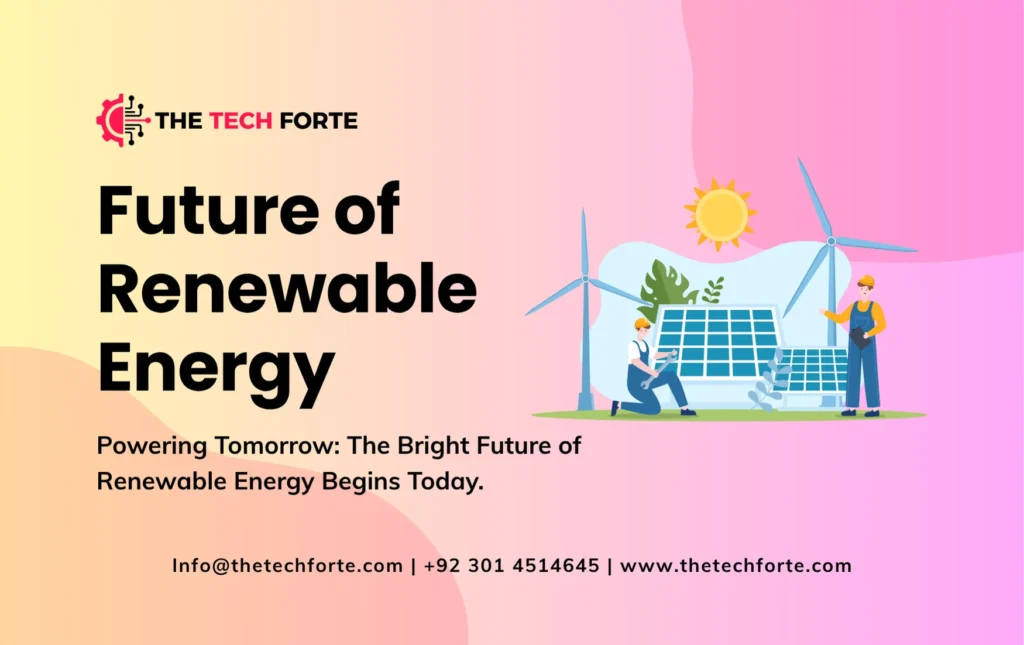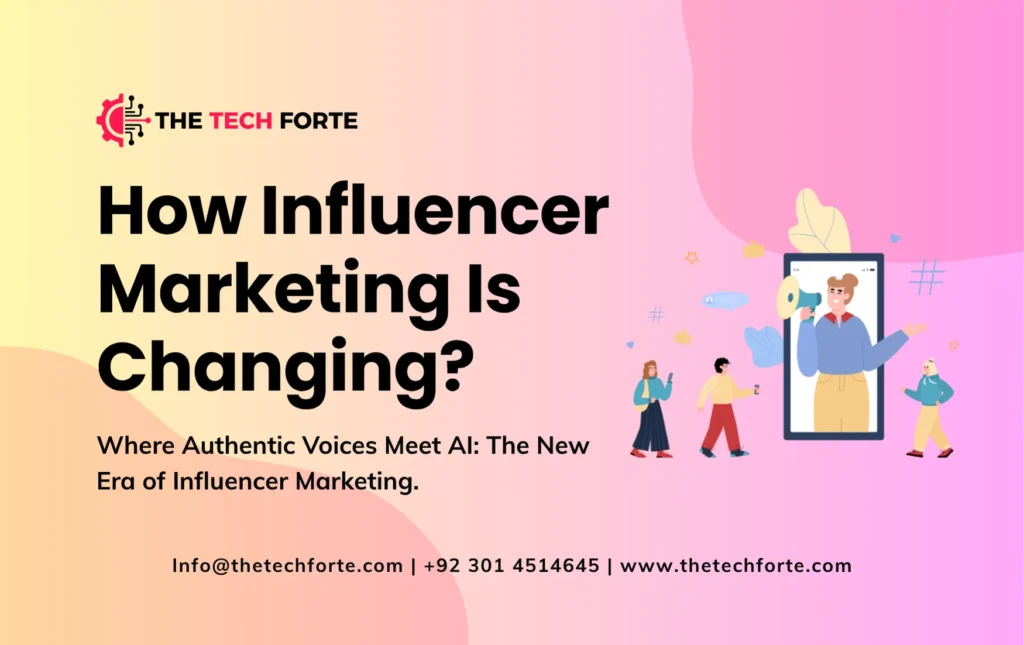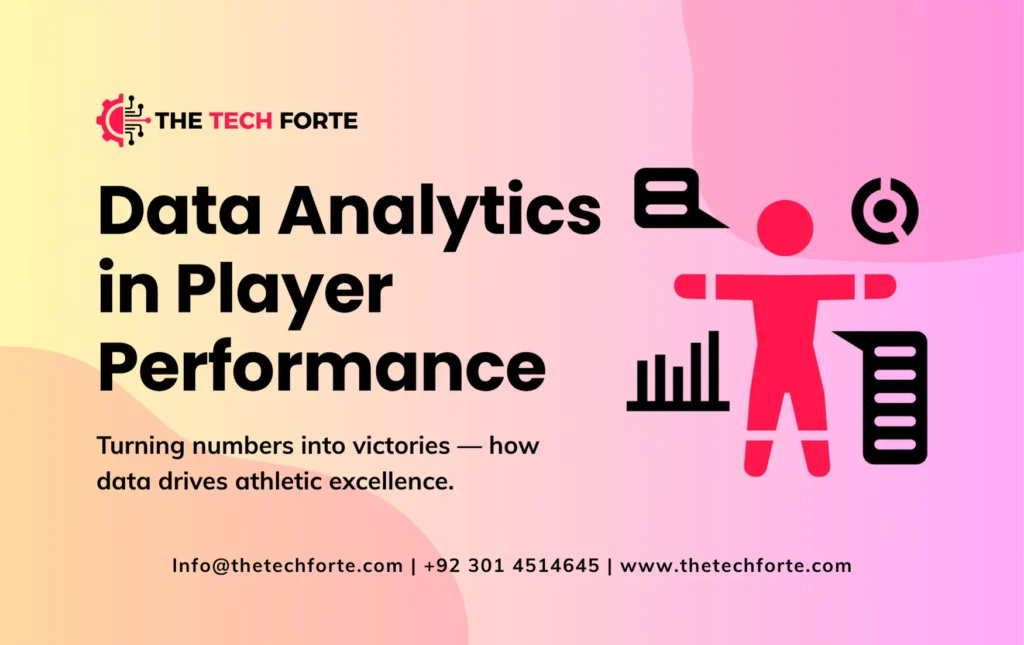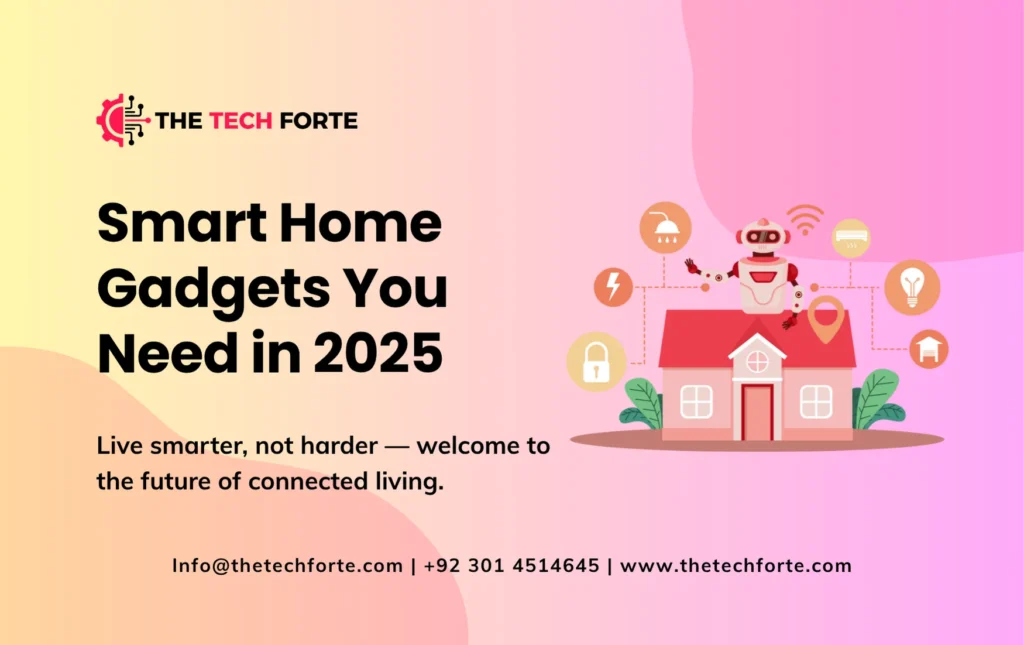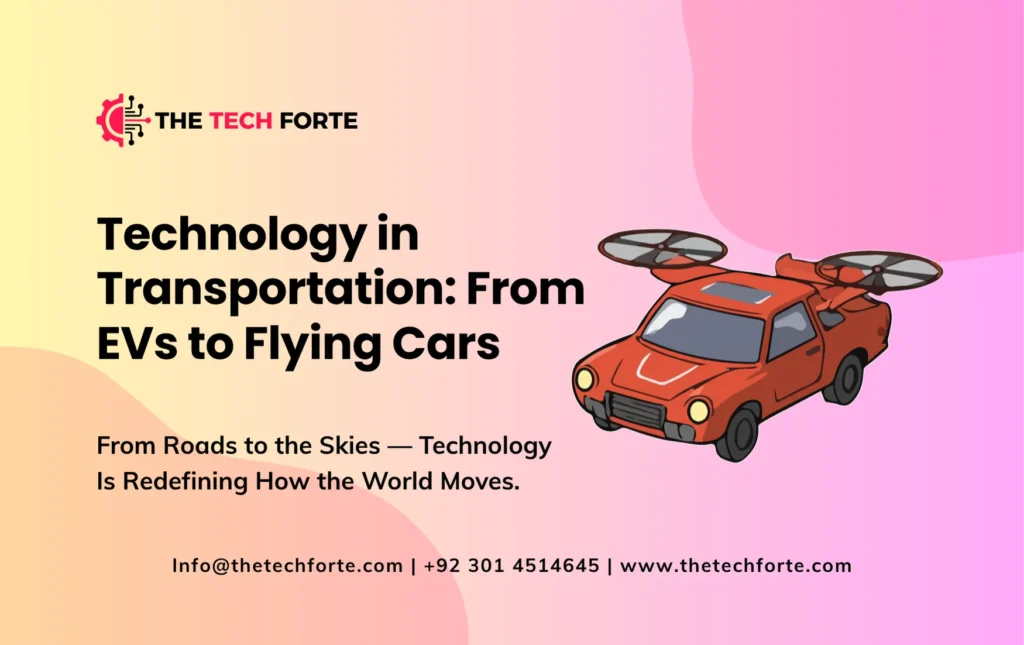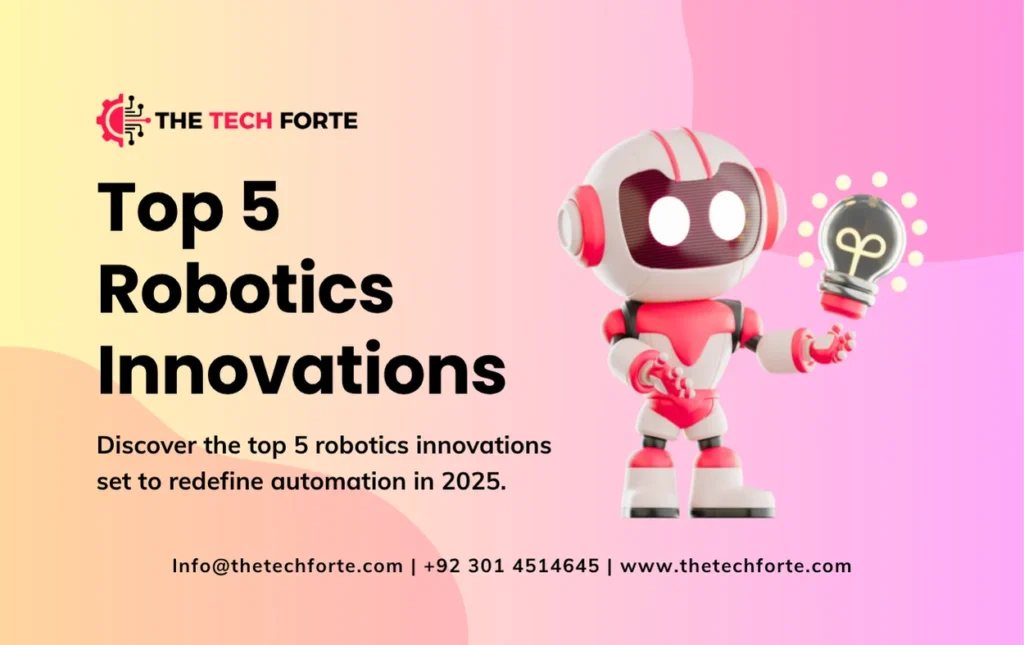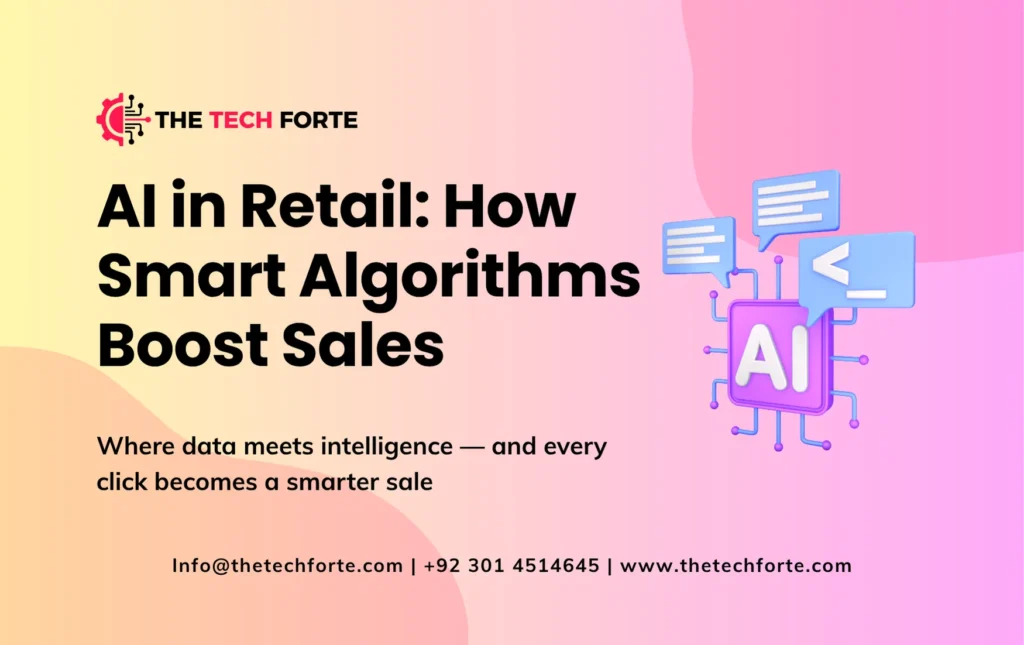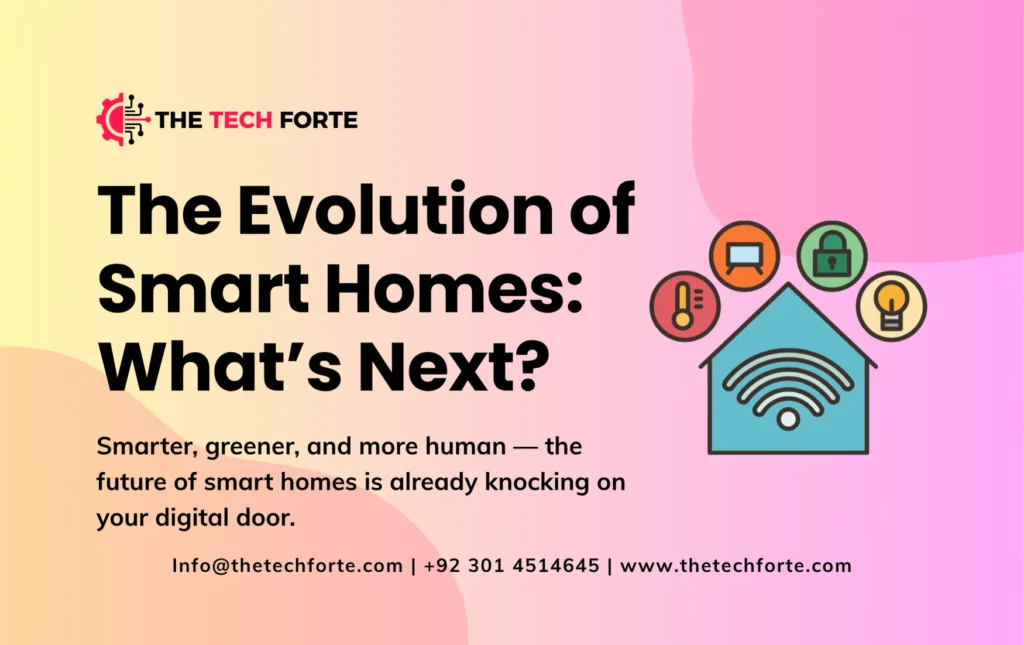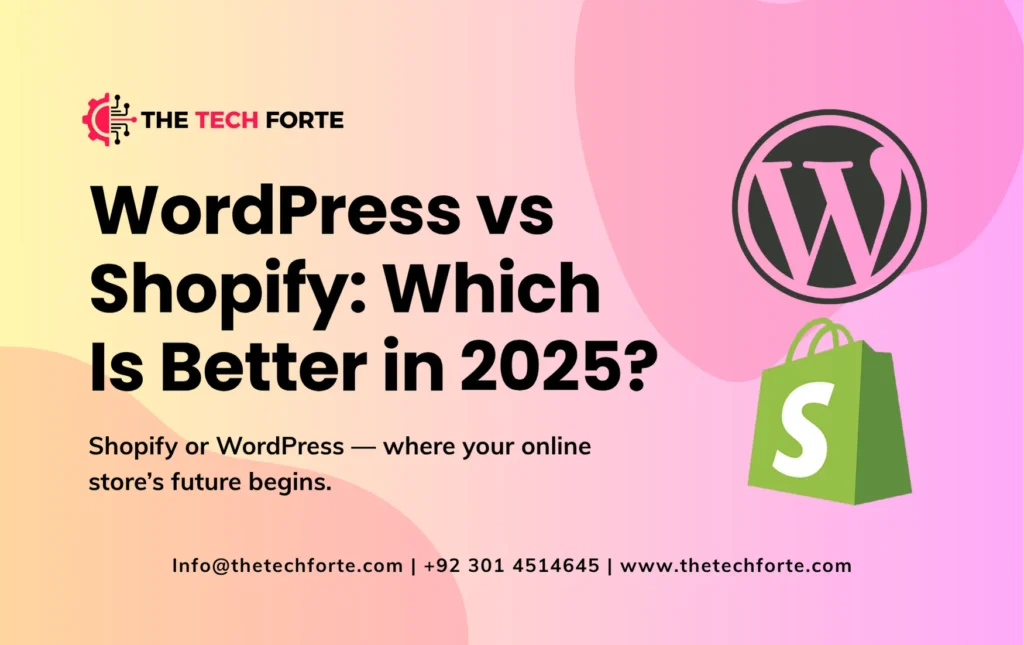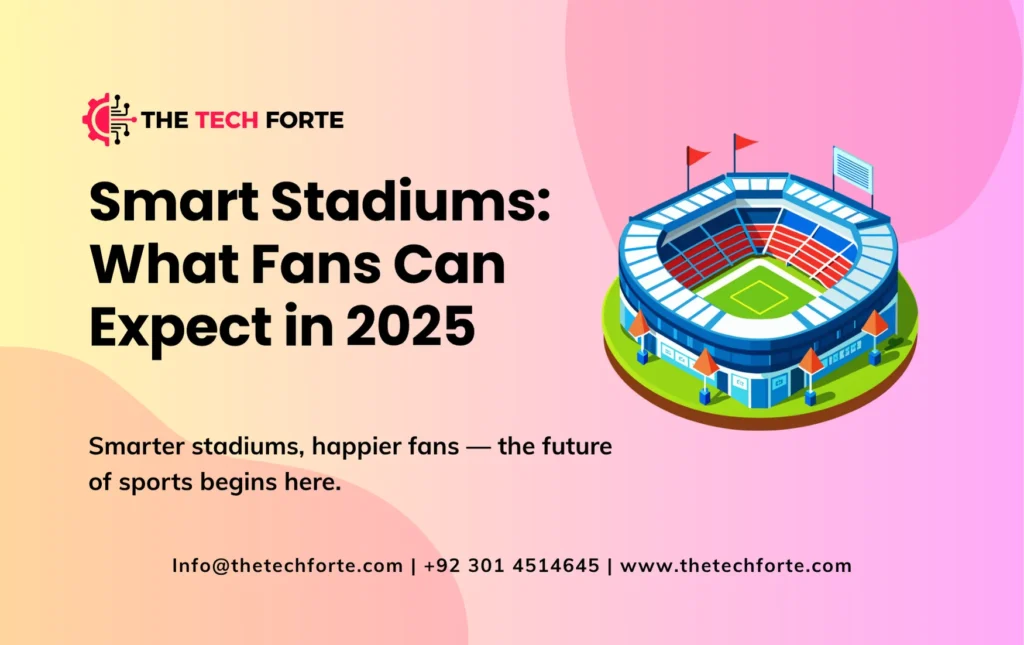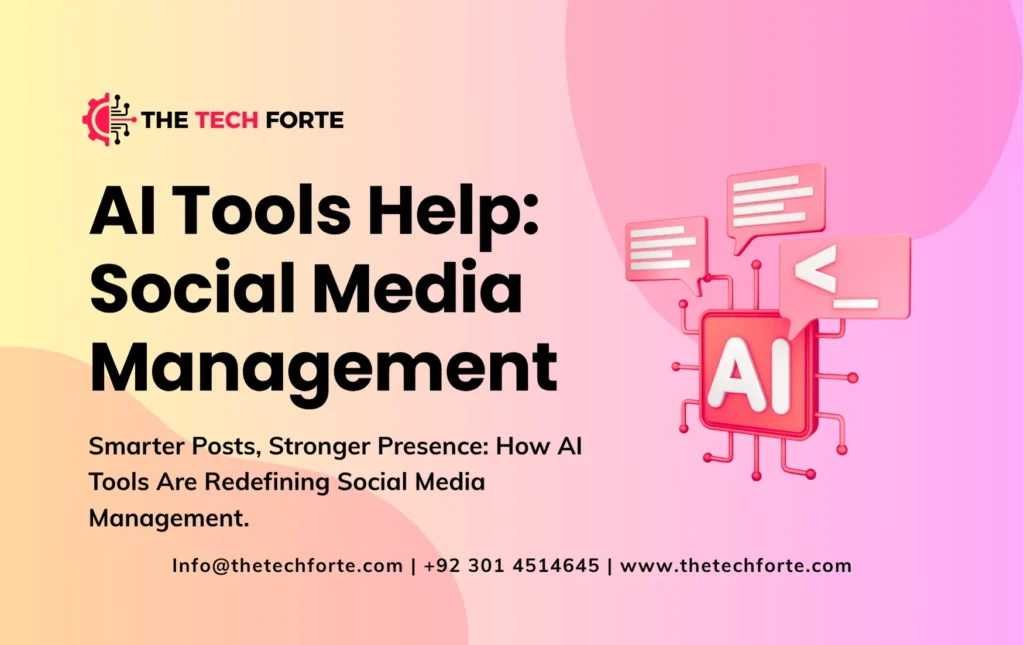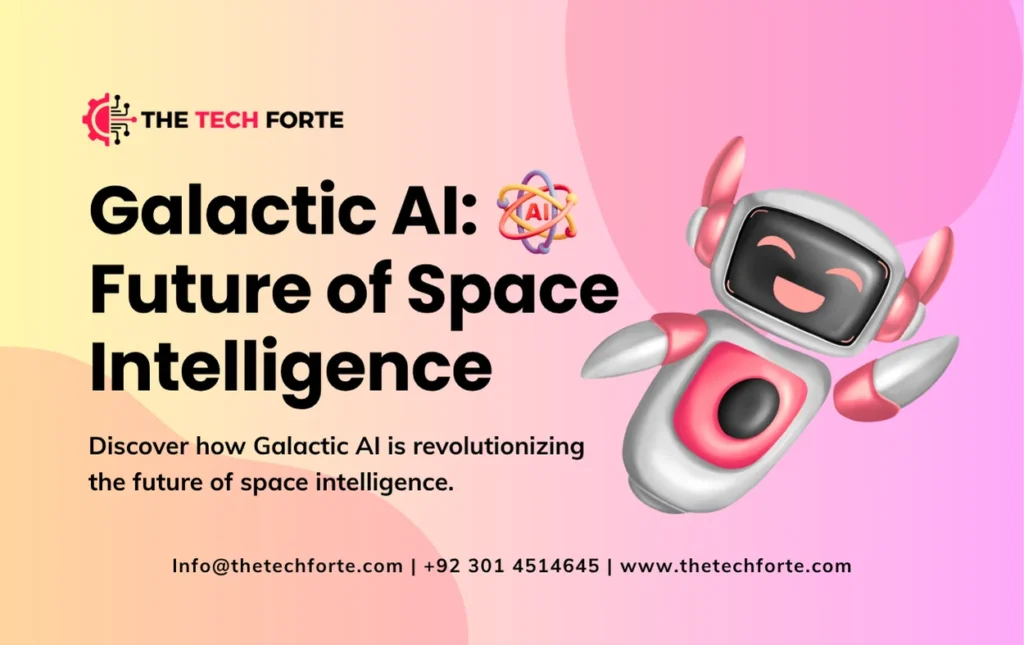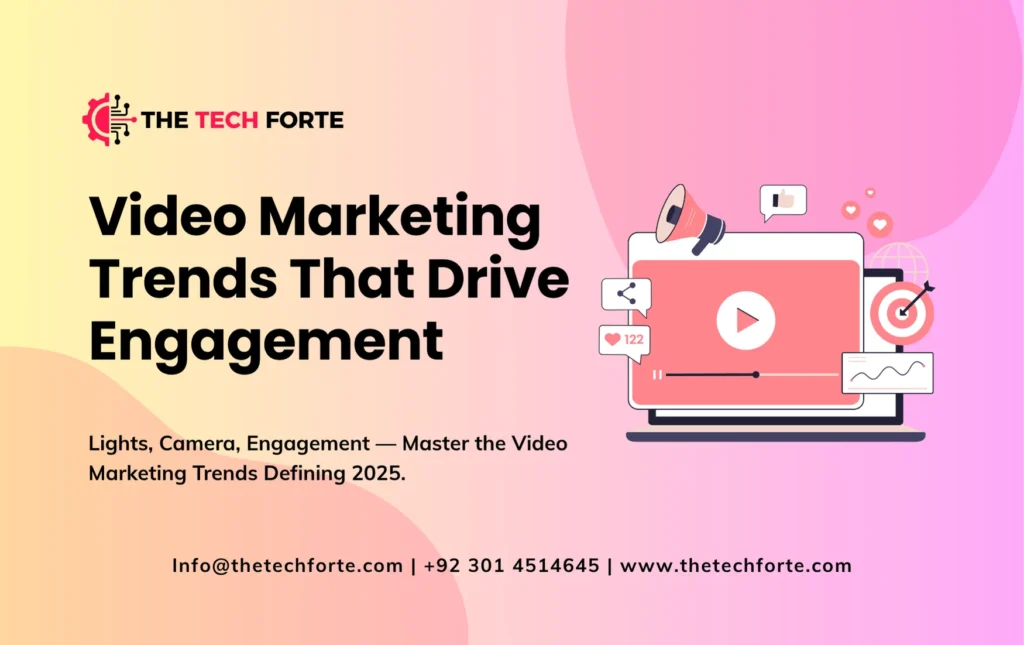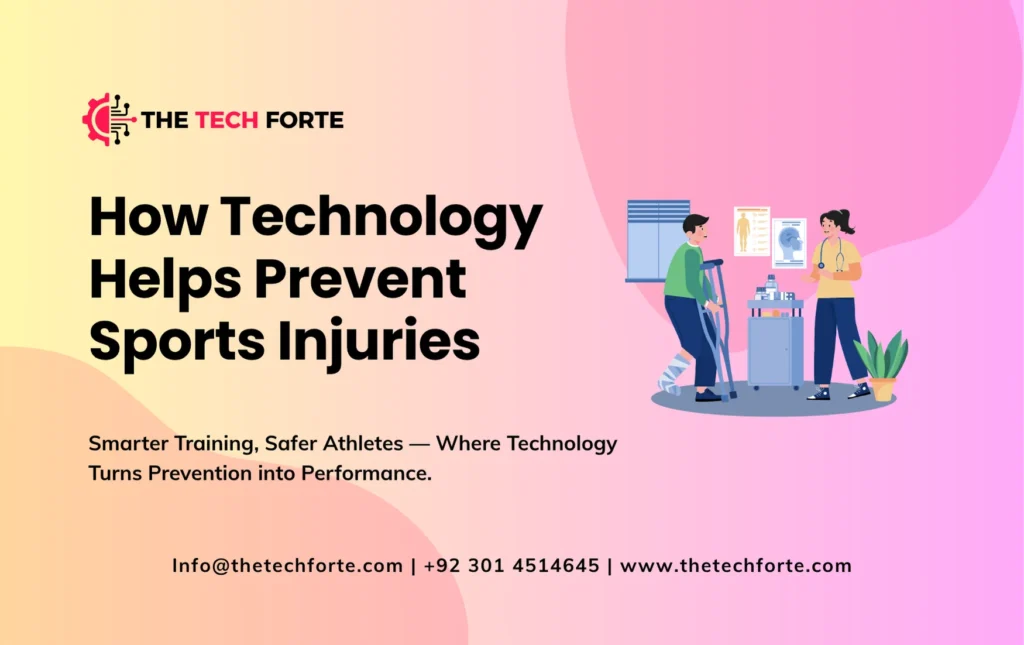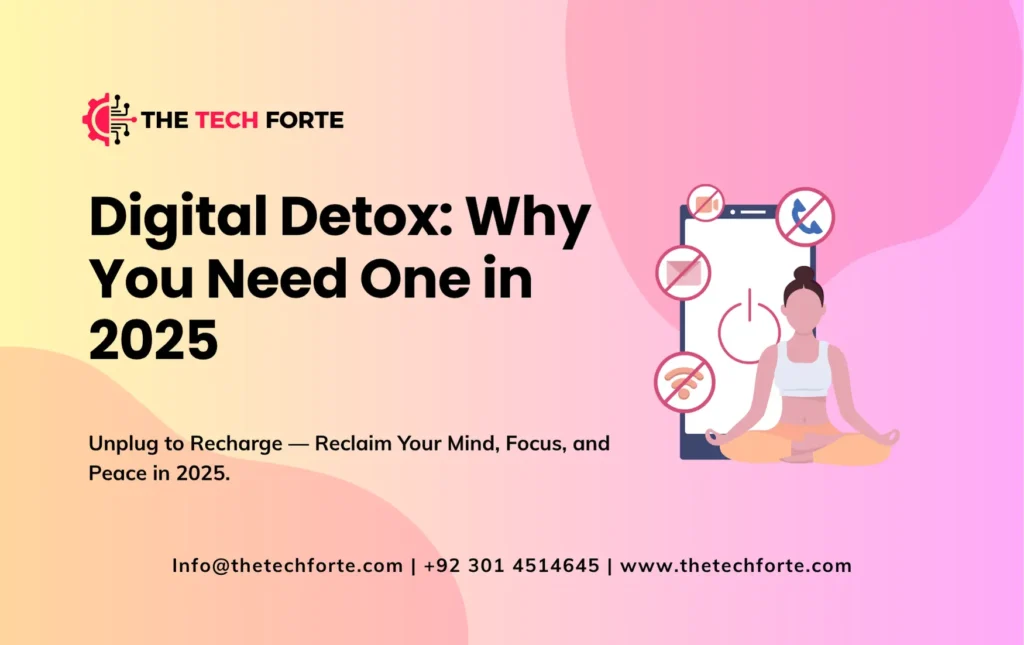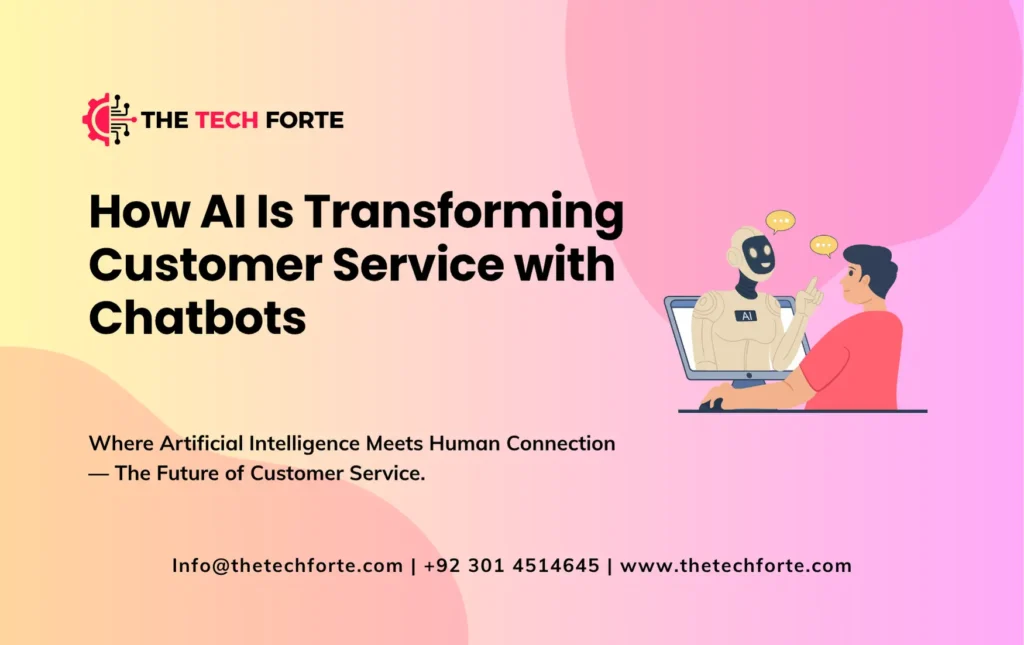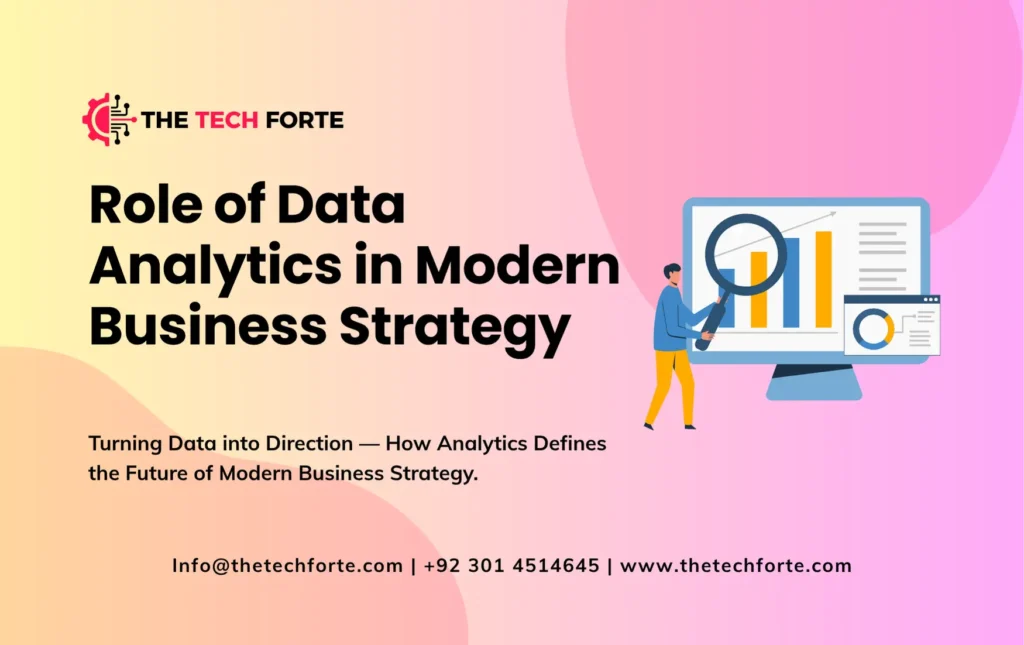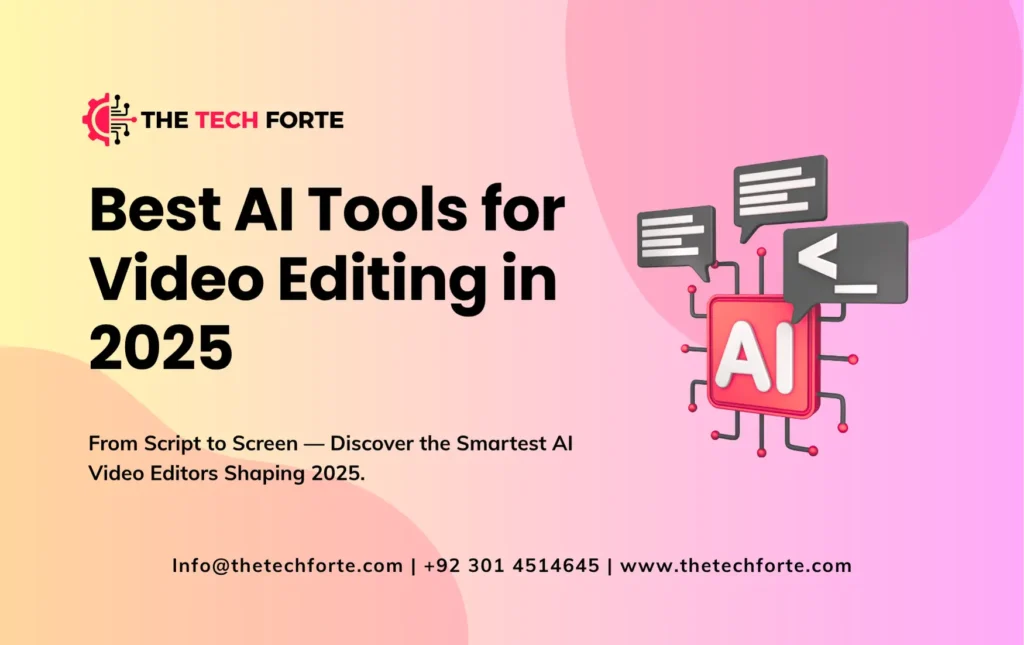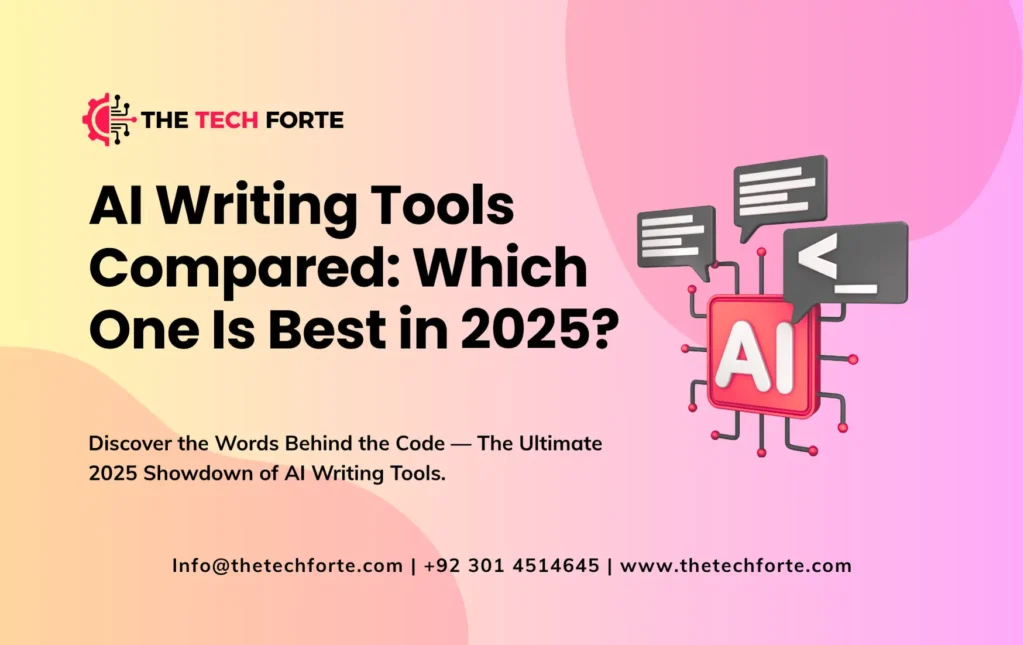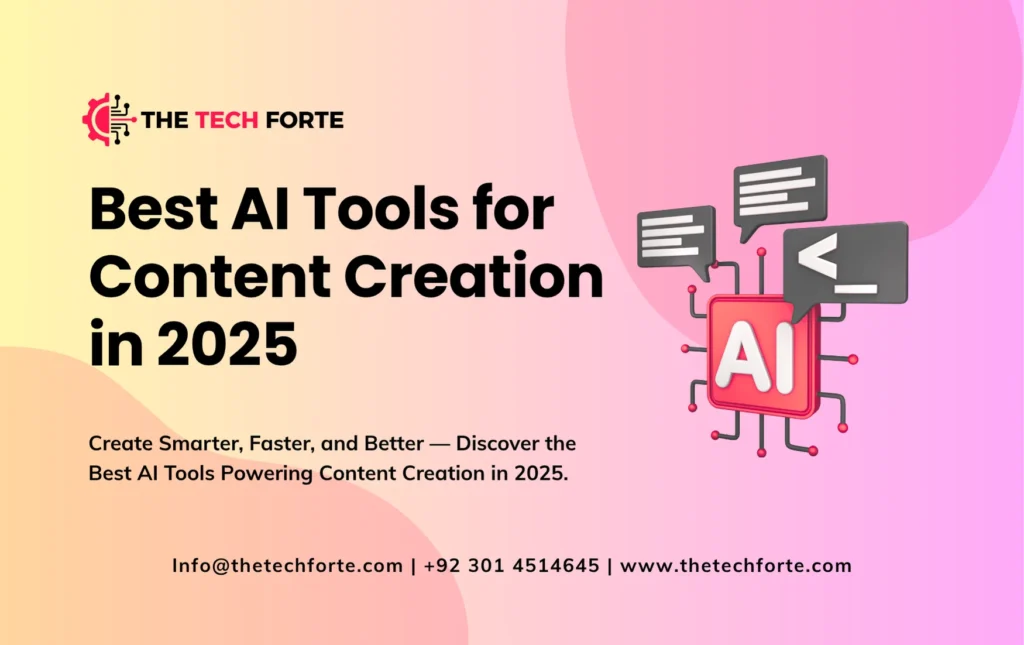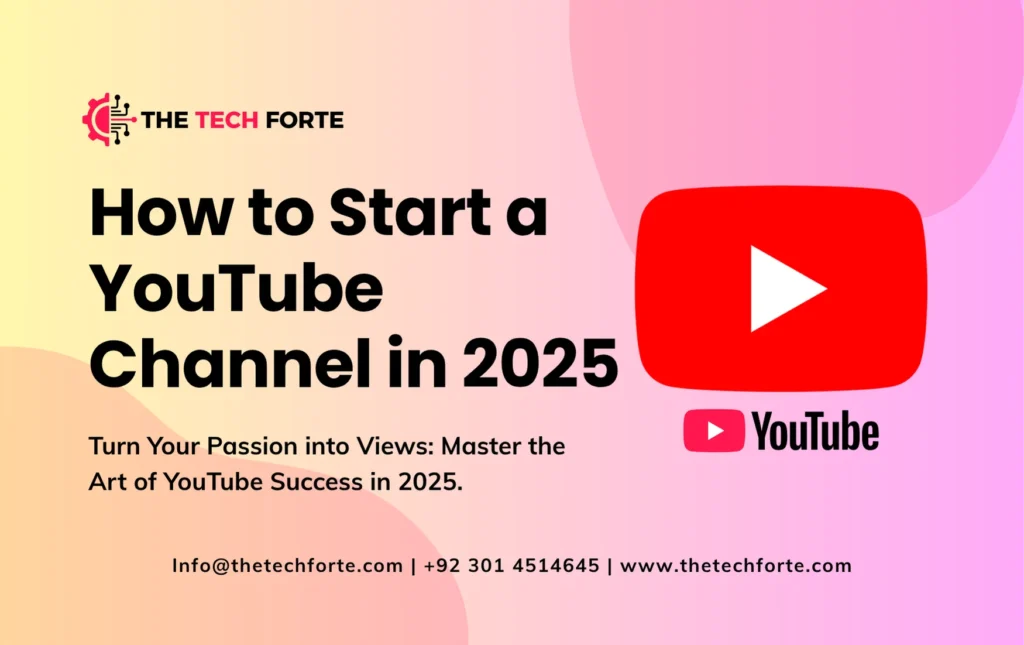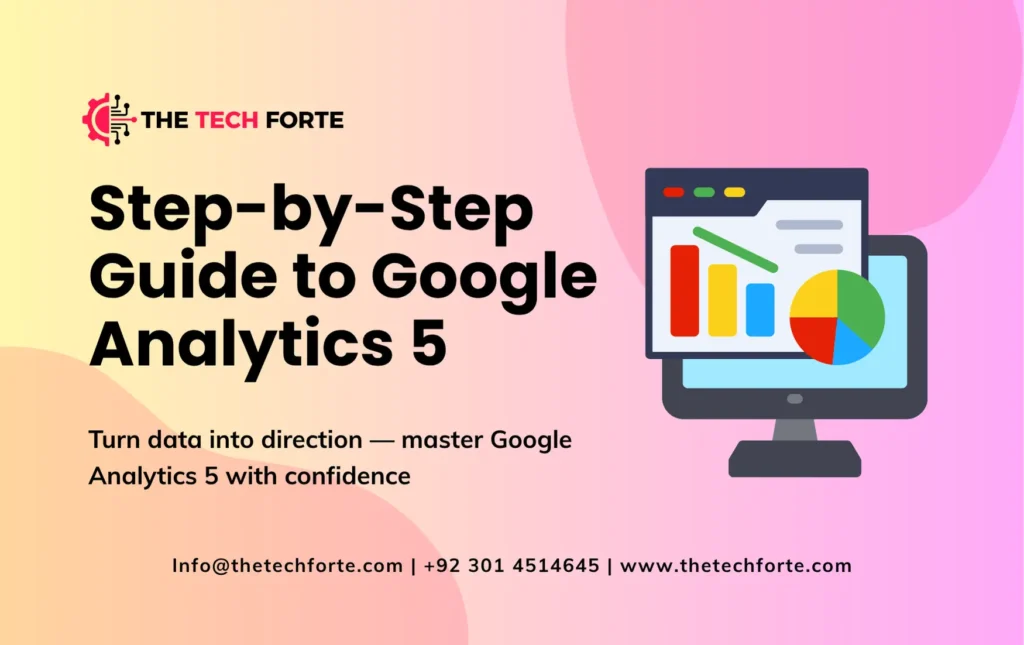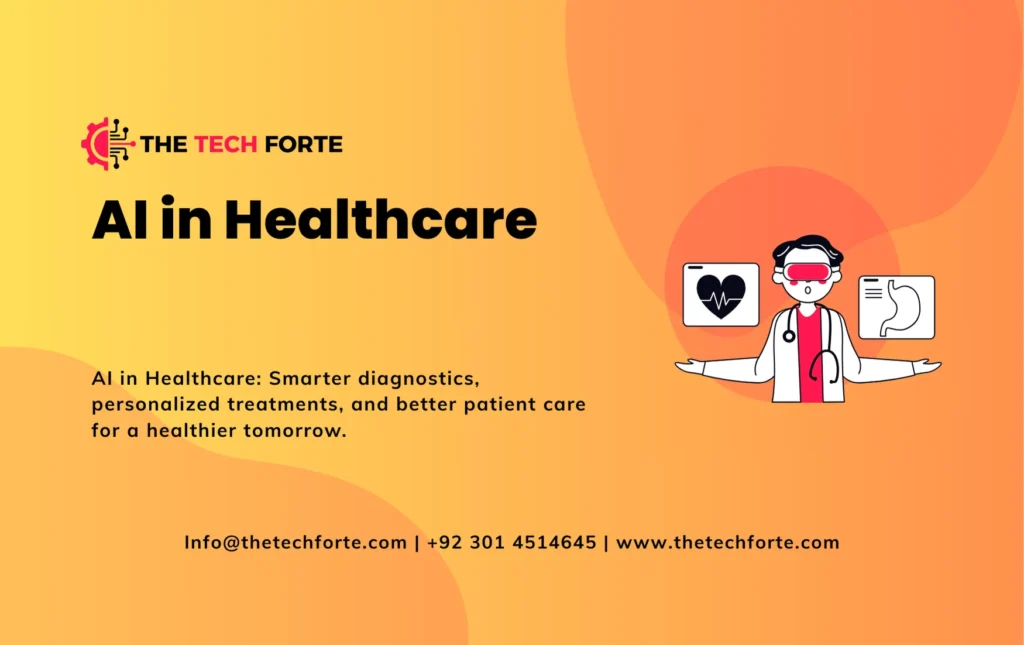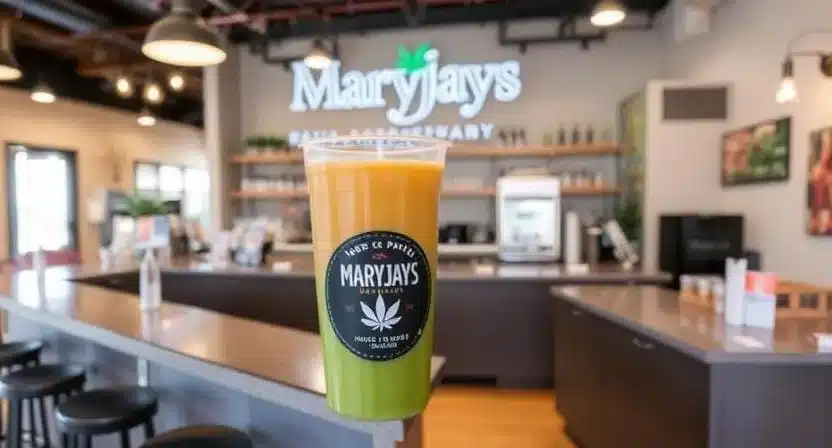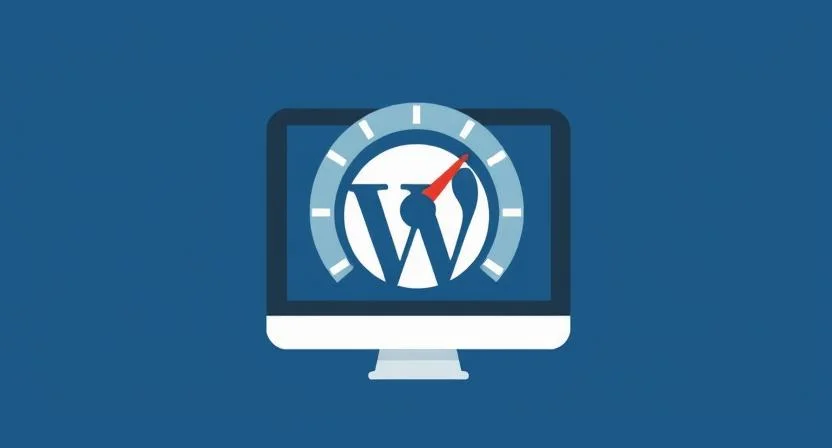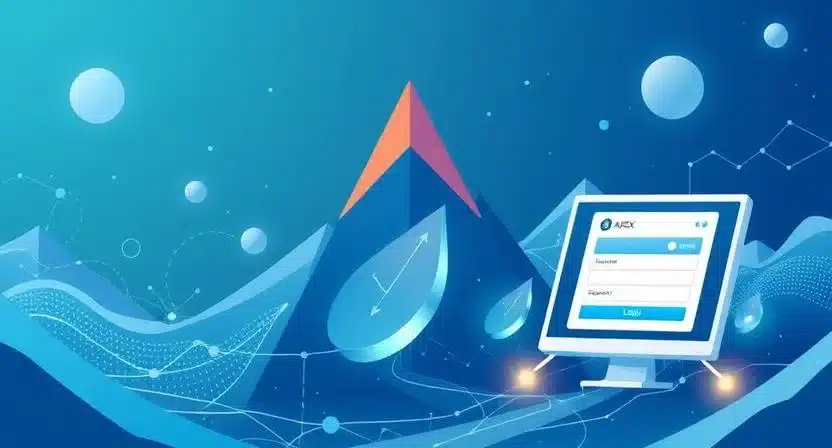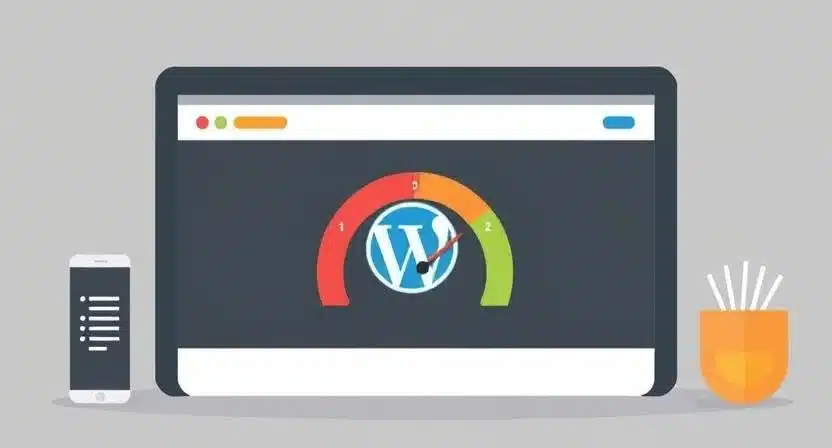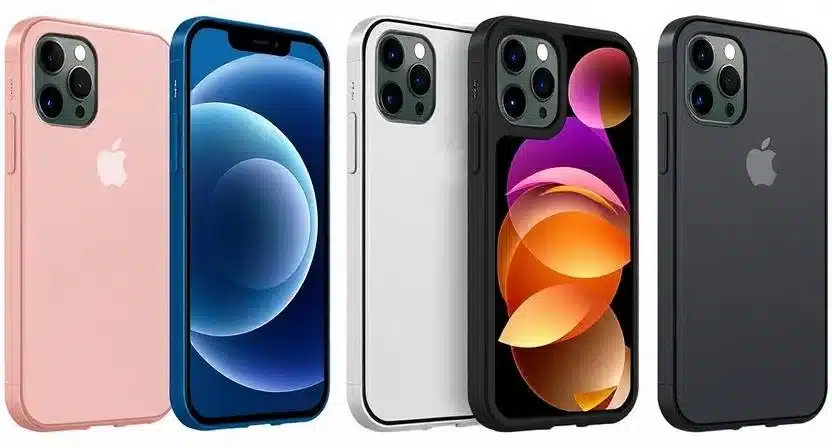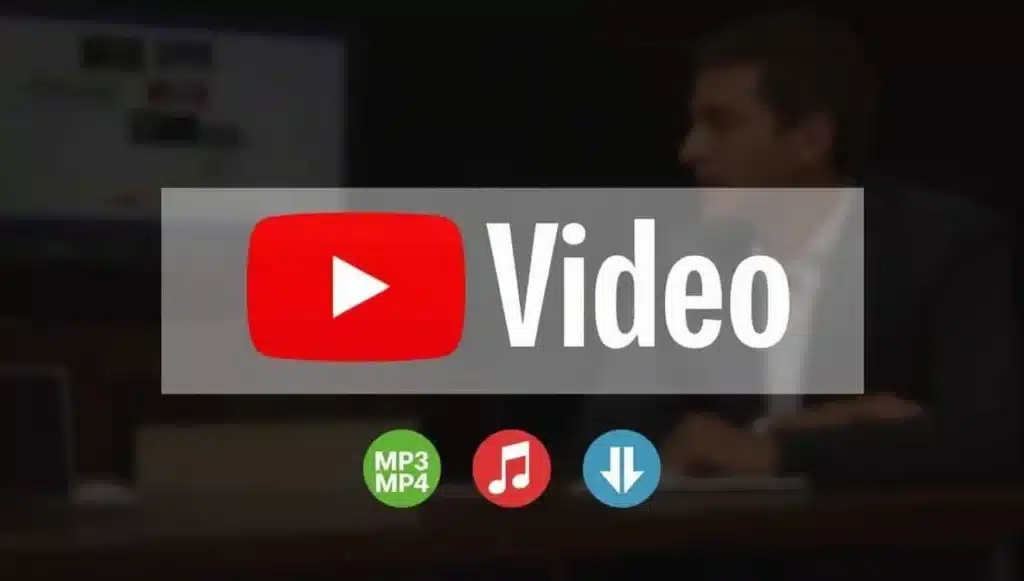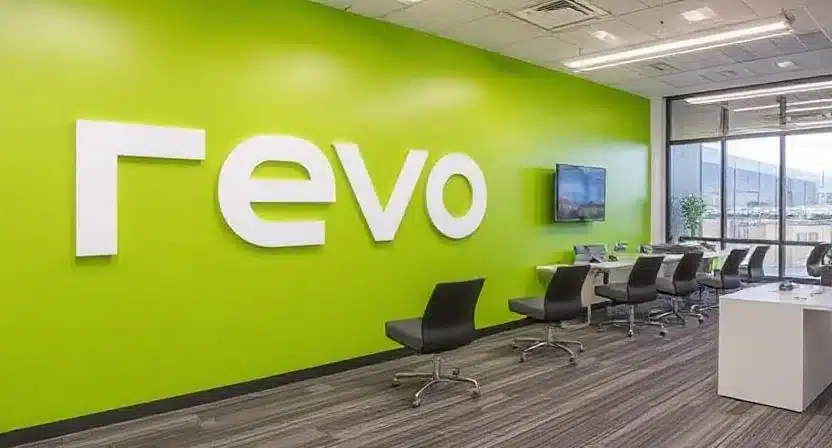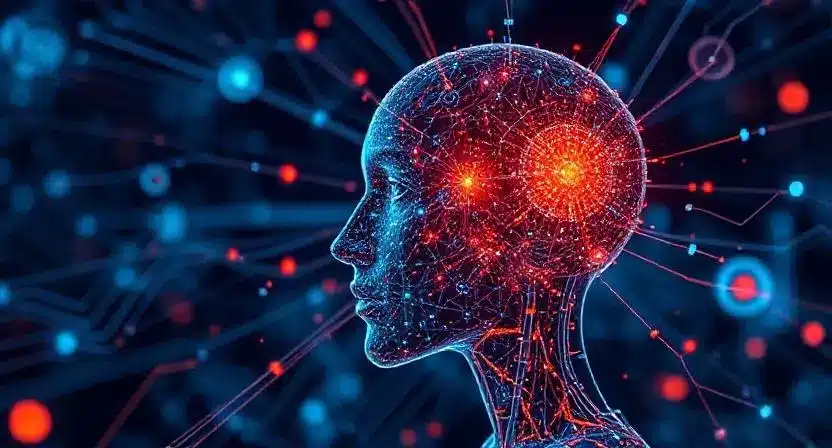The Future of Email Marketing Automation
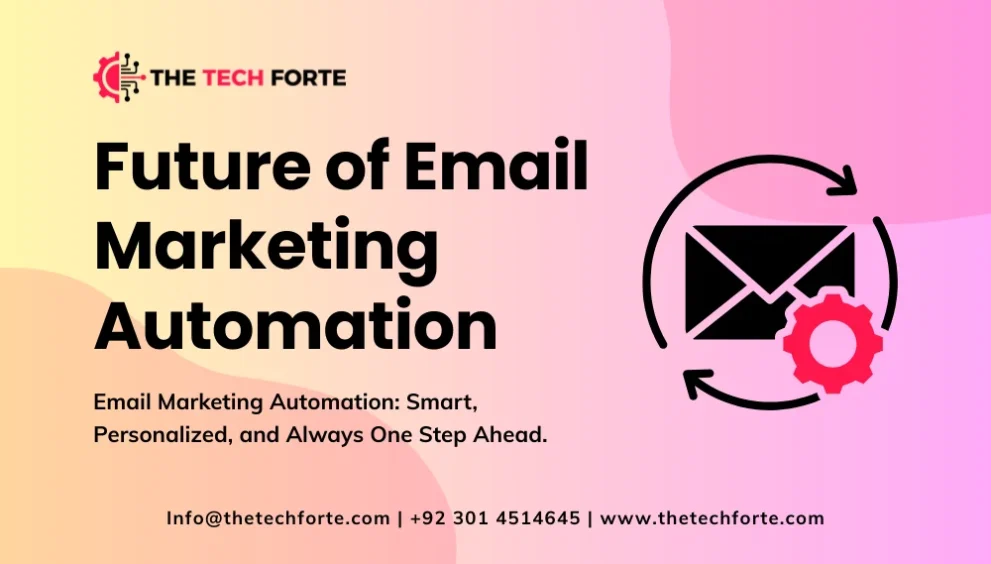
At its core, email marketing automation uses software to automatically send emails based on predefined triggers, rules, and customer journeys. A campaign might send a welcome email when someone signs up, a reminder when a cart is abandoned, or a personalized message when a milestone is reached. These flows free marketers from manual emailing, let them scale campaigns, and ensure timely, relevant communication.
But the automation of 2025 looks very different from what it did five years ago. With AI-powered predictive analytics, systems can now forecast user behaviors such as likely purchases, churn risk, or engagement drop-off and proactively adjust email strategy. That means emails are no longer reactive but predictive, designed to anticipate customer needs before they explicitly manifest.
Automation platforms now incorporate machine learning models to optimize subject lines, content, send time, and segmentation. According to Ascend2’s “State of Email and Automation” report, 39% of marketers already use AI or machine learning in their email flows, and many more plan to integrate it soon. These models create a more dynamic, efficient, and effective email marketing strategy, marking a shift from rule-based workflows to intelligent orchestration.
How AI Is Transforming Email Marketing Automation
Hyper-Personalization at Scale
One of the most compelling capabilities of a modern email marketing automation strategy is AI-driven personalization. Rather than just inserting the recipient’s name in an email, AI analyzes a host of data signals past purchases, browsing behavior, open/click history, and engagement patterns to tailor subject lines, email copy, images, and product recommendations uniquely for each user.
Instead of sending a generic newsletter to 100,000 subscribers, marketers can deliver thousands of subtly different emails optimized for individual preferences. This increases engagement, boosts open and click-through rates, and ultimately improves deliverability and ROI.
Predictive Analytics & Send-Time Optimization
Another major shift is using predictive analytics within email flows. Rather than sending messages at fixed times, advanced systems use AI to predict when each subscriber is most likely to open an email, optimizing send times at the individual level. Success.ai reports open-rate increases of up to 23% with this kind of smart send-time optimization.
Beyond timing, predictive analytics also forecasts subscriber behavior, which users are likely to buy, which might churn, and which segments will respond best to specific types of content. With this intelligence, marketers can tailor not just when to send, but what to send, making campaign flows more proactive and outcome-optimized.
Generative Content & AI-Powered Creativity
AI is not only optimizing who gets what and when, but it’s also creating the content. Modern platforms leverage generative models (akin to large language models) to produce full email copy, subject lines, and creative variations. According to SuperAGI, these AI agents can write multiple versions of email campaigns, run A/B tests, and promote the best-performing variant automatically.
This saves content creation time, allows teams to easily scale campaigns, and ensures each recipient receives a message crafted to resonate with them. With further developments, these tools can also generate unique visuals or layouts based on audience insights.
Omnichannel Orchestration
In 2025, email is no longer a silo. Leading email marketing automation platforms integrate seamlessly with SMS, push notifications, in-app messages, and web notifications, creating cohesive omnichannel journeys.
AI helps determine which channel to use for each interaction, when to escalate, and what message makes the most sense next. For instance, a user who hasn’t opened an email might receive a follow-up via SMS or a browser notification. This unified approach boosts relevance, improves retention, and drives conversions across touchpoints.
Enhanced Analytics, Reporting & Optimization
AI-powered automation platforms also transform reporting. Rather than relying solely on last-click metrics, predictive tools generate real-time insights, forecast future campaign performance, and prescribe optimizations such as which subject lines to test, which segments to target, or when to pause a flow.
This shift means email performance is no longer backward-looking; it becomes a live system, continuously adjusting and improving as new data arrives.
Key Trends Driving the Future of Email Marketing Automation in 2025
Privacy-First Automation
As data regulations tighten (GDPR, CCPA, and emerging laws), consent-driven automation is becoming essential. In 2025, privacy-first strategies will dominate, requiring clear user opt-ins, transparent data usage, and user control over their data.
AI platforms are adapting by prioritizing first-party and zero-party data directly shared by users over third-party cookies. This shift allows hyper-personalization while maintaining user trust and regulatory compliance.
Interactive & Dynamic Emails
Static emails are being replaced by interactive formats: AMP-powered email content lets recipients fill forms, view carousels, submit polls, or complete purchases, all without leaving the inbox.
AI is enhancing these layouts dynamically: content blocks change based on user behavior, and predictive models help decide which interactive feature each recipient will likely respond to. This drives deeper engagement.
AI-Powered Segmentation & Lifecycle Scoring
Gone are the days of manual segmentation based solely on age or location. In 2025, AI is being used to automatically score leads for lifecycle stage, churn risk, and engagement propensity.
Marketers can build predictive segments that dynamically update as a user’s behavior changes, allowing for more timely and meaningful automation flows.
Email Deliverability Intelligence
AI is helping solve one of email’s biggest persistent problems: deliverability. Automation platforms now monitor engagement patterns, spam complaints, and bounce rates, and adapt sending strategies to improve inbox placement. This might include adjusting sending frequency or message content in real time, or even pausing campaigns for segments that trigger low engagement or spam signals.
Spam & Security Defense with AI
AI is also being deployed to safeguard the very channels it’s powering. Cutting-edge research, such as the recently published EvoMail framework, uses self-evolving cognitive agents to detect phishing and spam by modeling attacker behavior in real time.
Zero-shot learning with large language models is another promising innovation for identifying novel spam or phishing emails without requiring massive labeled training data.
Voice and AI-Driven Response Automation
As voice assistants become more integrated into our lives, voice-driven email marketing is emerging. Marketers are exploring ways to let users interact with automated emails through voice actions, such as “reply” commands or voice-initiated purchase decisions.
AI can also generate response drafts, propose reply structures, or suggest next-step messages that feel human but are automated, reducing friction in customer interactions.
Leading Email Marketing Automation Tools & Platforms
To capitalize on these trends, marketers are turning to modern platforms that support predictive, generative, and omnichannel automation. Here are some of the top email marketing automation tools and software in 2025:
ActiveCampaign
A pioneer in marketing automation, ActiveCampaign now uses AI for predictive sending, lead scoring, and content generation. According to reviews, its integration with hundreds of other apps makes it highly flexible.
Klaviyo
Popular among e-commerce marketers, Klaviyo uses advanced segmentation, real-time data sync, and predictive analytics to create tailored customer journeys. Its powerful automation capabilities enable 1:1 experiences at scale.
Brevo (formerly Sendinblue)
Brevo’s newer AI modules help automate and optimize multi-step email sequences, scoring leads, and personalizing content based on behavior.
HubSpot
HubSpot combines CRM data with AI-driven predictive analytics to trigger behavior-based automations, recommend content, and optimize campaign timing.
SuperAGI
SuperAGI offers a next-gen platform with visual journey orchestration, AI content generation, predictive analytics, and cross-channel workflows.
Omnisend
Known for its e-commerce capabilities, Omnisend’s predictive segmentation and smart send-time optimization are helping merchants deliver more conversions with tailored flows.
Other noteworthy tools include MoEngage (AI-driven engagement), Zeta Global (acquisition expanding loyalty), and Salesforce Einstein, all building on AI automation capacity.
Developing an Email Marketing Automation Strategy for 2025
To take full advantage of AI automation, marketers need a clear strategic framework. Here’s a structured email marketing automation strategy tailored for 2025:
Define Your Objectives
Start by outlining what you want to achieve: increased engagement, conversions, lead nurturing, retention, or cross-channel reach. Clear goals will guide which automation flows and AI features to prioritize.
Audit Your Data Landscape
AI-powered automation thrives on data. Audit your first-party data (purchase history, email engagement) and zero-party data (preferences collected via forms). Ensure data quality, compliance, and consent.
Build Intelligent Segments
Use predictive models to identify high-value segments: lifetime value, propensity to convert, churn risk, and behavior-based clusters. These segments drive personalized, automated workflows.
Craft Conversational & Dynamic Content
Leverage generative AI for subject lines, content blocks, and variant testing. Use conditional logic and user data to dynamically assemble emails that resonate with each recipient’s journey.
Deploy Triggered & Journey-Based Flows
Avoid linear drip campaigns. Instead, implement journey-based automations that react to user behavior (opens, clicks, conversions) and external events (seasonality, lifecycle milestones).
Optimize Send Timing
Use AI-driven send-time optimization to ensure emails land when individual users are most likely to engage. Combine predictive analytics with behavior signals for maximal impact.
Incorporate Omnichannel Touchpoints
Extend the conversation beyond email. Integrate SMS, push messages, and in-app notifications into your customer journeys, triggered by AI-identified user states.
Monitor, Test & Iterate
Continuously monitor engagement metrics and predictive model performance. Use A/B testing with different AI-generated content and refine based on real-world response.
Maintain Privacy & Compliance
Ensure your automation strategy respects GDPR, CCPA, and other regulations. Use consent-based data collection, secure storage, and transparent AI usage.
Plan for Scale
As AI models evolve, so should your infrastructure. Build in regular retraining, automated retraining pipelines, and human oversight for quality control.
Risks, Challenges & Ethical Considerations
The future of email marketing automation is exciting but not without risk. Here are some critical challenges that marketers and tech leaders must address:
Data Privacy and Consent
Greater personalization means deeper data usage. Without transparent collection, consent, and opt-out mechanisms, you risk eroding trust. The shift to zero- and first-party data can help, but only if handled properly.
AI Bias and Segmentation Fairness
Predictive models learn from historical data if your training data has biases, your AI workflows may reinforce or amplify them. For example, certain segments may be over-targeted or ignored.
Over-Automation & Loss of Human Touch
Too much automation risks making emails feel robotic or impersonal. While AI can save time, you still need strategic human oversight, especially for high-touch communications. As noted in one marketing community, AI should guide, not replace, creative decision-making.
Deliverability & ISP Constraints
Spam filters and ISPs are increasingly sophisticated. If AI-generated content is poorly crafted or sends volume spikes, email deliverability could suffer. Tying smart sending with compliance and ISP-aware strategies is vital.
Security Risks
Automated email systems are also potential targets: AI can help, but attackers can use generative models for phishing campaigns. Indeed, research shows LLMs can generate spear-phishing emails with high success rates. On the defense side, advanced systems like EvoMail are emerging to fight this with self-evolving agents.
The Future Roadmap: What Comes Next
Generative AI & Autonomous Campaign Creation
As generative AI continues to evolve, future email automation platforms will likely build fully autonomous campaign agents. These agents will design, test, deploy, and optimize email sequences without constant human input while supervised by marketers.
Real-Time Adaptive Journeys
Instead of pre-defined paths, customers will experience adaptive journeys. AI will adjust flows on-the-fly based on real-time data (behavior, context, external signals), reacting immediately to user actions and preferences.
Voice-Native Email Experiences
With AI voice assistants proliferating, email will become more conversational. Voice-integrated workflows might allow users to reply, confirm, or engage via voice. Campaigns could even be personalized to respond to voice commands.
Decentralized & Privacy-Preserving AI
To address privacy concerns, we’ll likely see more decentralized AI workflows. Models trained locally, federated learning, and distributed data architectures will enable powerful personalization without centralizing sensitive user data.
Ethical Automation Frameworks
Brands will institutionalize AI ethics governance for email. Teams will use fairness audits, content blueprints, and “human-in-the-loop” frameworks to ensure automation remains responsible, transparent, and aligned with brand values.
Case Study: Real-World AI-Driven Email Automation (Hypothetical)
To bring this to life, imagine a mid-size e-commerce company in 2025 implementing an AI-powered email marketing automation strategy:
- They use ActiveCampaign’s predictive sending & lead scoring to identify high-value but dormant subscribers, then deploy a reactivation series.
- They integrate SuperAGI’s journey orchestration to connect email with SMS and push notifications in a cross-channel nurturing flow.
- Their AI assistant generates subject lines, product recommendations, and creates variants testing subject lines for the best open rate, body copy for highest engagement, and time for optimal send.
- They monitor AI performance in real time, using predictive analytics to forecast unsubscribe risk and adjust frequency dynamically.
- On the security side, they deploy EvoMail-like agents to protect their campaign platform against phishing-style attacks.
This hybrid human-AI strategy gives them scalable personalization, proactive engagement, and a real competitive edge while staying compliant and secure.
Final Thoughts: Why the Future of Email Marketing Is Automated and Intelligent
Email marketing automation is no longer just about scheduling messages. In 2025, it’s becoming intelligent, predictive, and deeply personalized. AI is turning the inbox into a smart, responsive interface that adapts to user behavior, context, and intent. With predictive analytics, generative content, and cross-channel orchestration, marketers can deliver far more relevant, timely, and effective campaigns.
But the stakes are higher: misuse or neglect of ethical issues, privacy, bias, and security can quickly undermine the advantages. The winners in this new era will be organizations that balance AI innovation with responsibility, who treat automation as a strategic tool, not a shortcut.
As AI becomes central to marketing, the future of email automation is not just about sending smarter, it’s about building smarter relationships. And for brands ready to embrace this future, the inbox is no longer a mere channel. It’s a powerful stage for engagement, trust, and growth.



